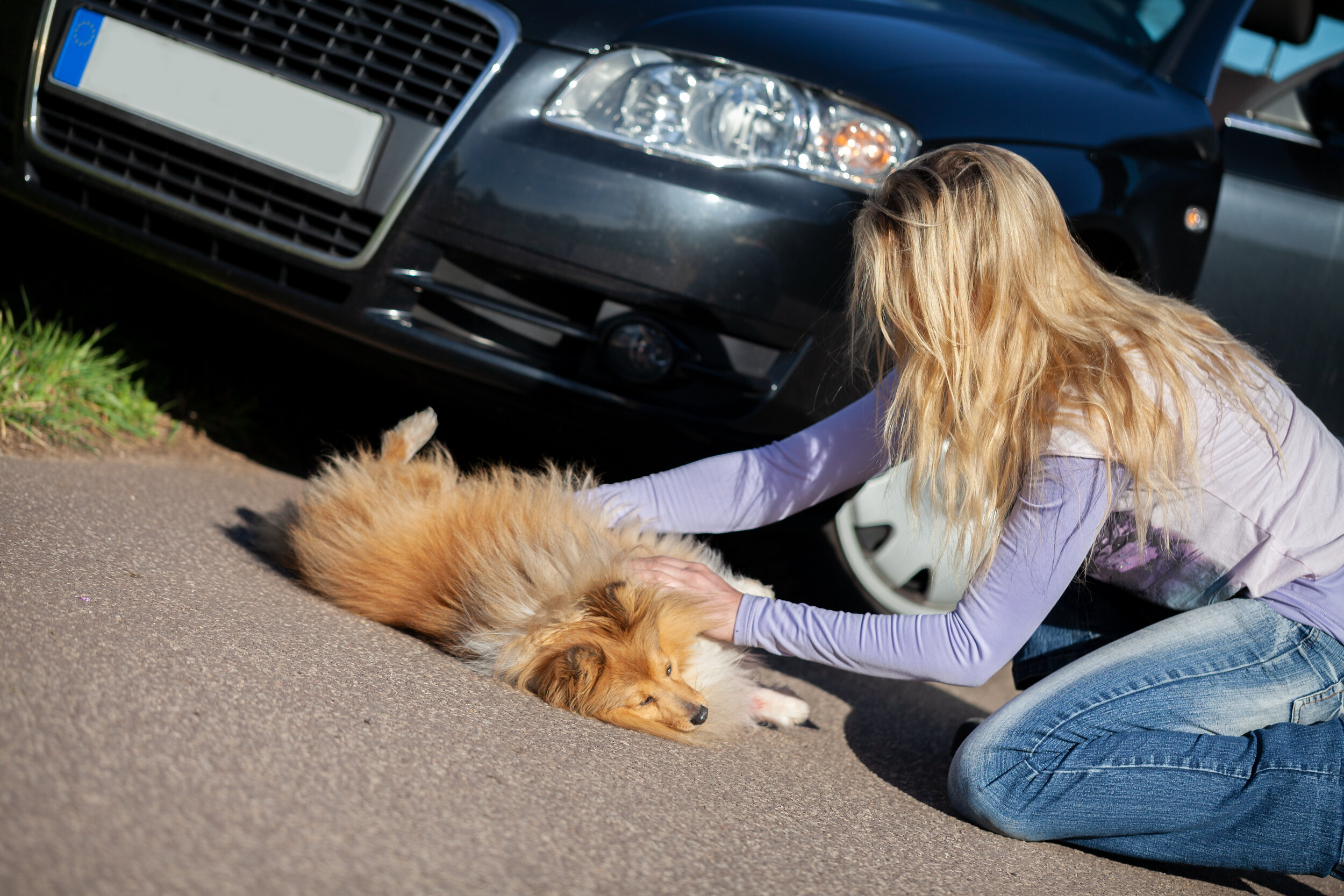Your dog is a valued member of your family. When you go on a hike or take your family hiking, you’ll naturally bring your first aid kit for yourself, but it’s important to know and be prepared for accidents that may happen to your pup too. Not knowing what you would do in the event that your dog got hit by a car or accidentally choked on a chicken bone is the scariest part.
There are some first aid techniques every dog owner should know that will leave you with peace of mind and the valuable resources you need to protect your entire family. Remember, the following techniques are only to be used to stabilize your dog in the event of an emergency before you can get them to a veterinarian or animal hospital. You must ensure that you are in the right place of mind and you know what you’re doing before starting first aid on anyone, including an animal.
Choking
If your dog is choking, the first thing you should do is make sure he is still breathing. Unlike humans, dogs don’t have the instinct to cough on something that’s lodged in their throat. Instead, they will begin to pant, paw at their mouth, become distressed, and make audible choking noises. You’ll know if they’re not breathing if their gums and tongue begin to turn blue. If this happens, get to a vet immediately.
If you can open up your dog’s mouth (while avoiding being bitten due to their fear) by gently pulling on the top of their muzzle, you may be able to carefully dislodge the object with a pair of tweezers or pliers. You must be careful, however, to not push the item further down into the throat. If the object is too far to remove with your hand, try laying your dog on his side, and with your hands below their rib cage, push down and gently forward.
Hyperthermia (Heat Stroke)
You can expect your dog, when healthy, to run a body temperature of approximately 101.5°F. If it ends up going up more than 1 degree or especially over 105°F, your dog is suffering from overheating and possibly heat stroke. Although often associated with the summer months, dogs can have hyperthermia in the winter as well if they have a fever, are in a low ventilated area, or are left alone in a hot car for an extended period of time without water or fresh air. Yes, you read that correctly. Temperatures can rise in a vehicle to a critical temperature even in the dead of winter. Dogs with health issues, obesity, or who have been poisoned, etc. can also contract heat stroke.
In the event of symptoms of hyperthermia, move your pet to a cool, shaded area with plenty of moving air. Take their rectal temperature if possible, and begin preparing them for transport to an animal hospital. Offering them cool water only if they are alert and can drink on their own. Never force water down a dog’s throat as they can drown. Lowering the body temperature is critical, however, simply doing so will not solve any underlying issues that are causing your dog to overheat.
A broken bone or injury
It can be scary when your dog becomes injured, such as being hit by a car or falling from a large height. Fractures (broken bones), like with humans, can occur on any bone in the body and take many forms. A closed fracture can be associated with an open wound, and there are also sprains and dislocations that can happen as well. Splints can repair some bones, however, surgery is almost always necessary, especially with small dog breeds.
Always take your pet to a vet if you suspect they have a fracture or if they have been injured in a way that a fracture could be possible. Don’t try to jolt/drag or force your dog to walk on its own to your vehicle as this can further damage the bone. If your dog can still walk on three legs, you can splint the injured leg with a towel or you can carry or gently pull them on a large board if need be.
Never wash out the wound with saline solution, water, or soap as this can further contaminate or inflame the area. If your dog is bleeding, put pressure on the wound to slow it down. If you have sterile gauze on hand, you can attempt to temporarily close the wound until you get to the emergency vet who will take care of them properly.
Have a first-aid kit ready just in case.
According to the American Veterinary Medical Association, there is a checklist of first aid items that every dog owner should have readily available for emergencies. You can find the list here, but it includes helpful items such as the number for Animal Poison Control Center:
888-4ANI-HELP (888-426-4435), adhesive tape (not human Band-Aids), and Hydrogen peroxide to induce vomiting.
Regardless of whether you’re able to perform first aid on your dog and they seem “okay” afterward, it is critical to follow up every event with a vet visit to ensure that they are healthy and fine and that there isn’t something that you missed, etc.
Sign up for first-aid training so you are prepared.
It can be a good idea to read up on and train other first aid techniques now, before an emergency, so you feel more confident and ready in the event that something does happen. Here at the Innovative Sport Dog Community we provide Pet first Aid classes to have you prepared in case an emery happens.
Have any questions about dog first aid or interested in learning more about our services? Being able to recognize when your pet is in distress could save their life. Reach out for a conversation with a member of our team today.
Bart De Gols


